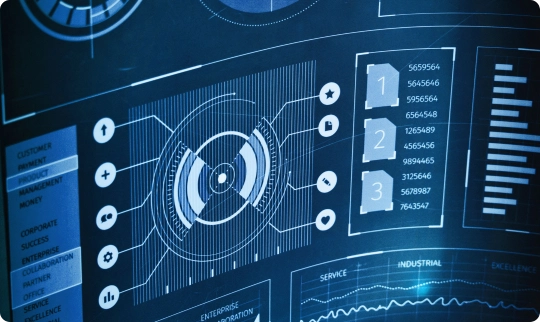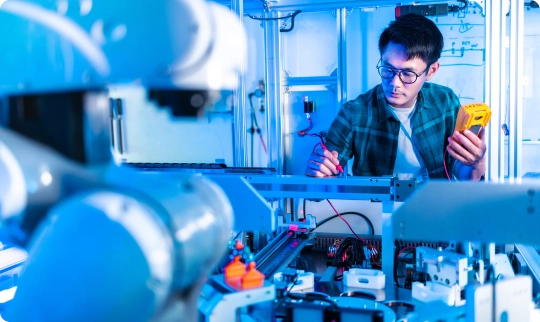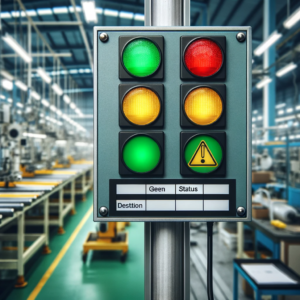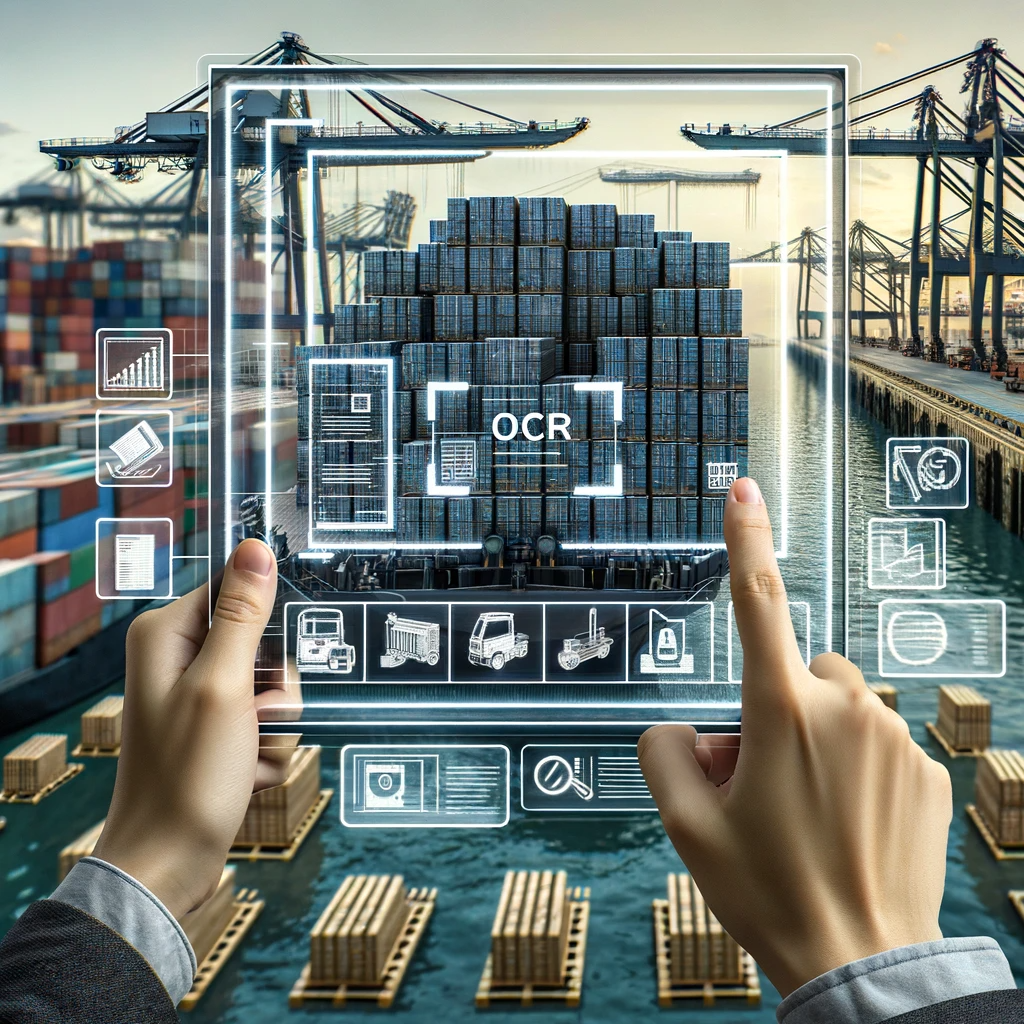Companies across all industries are using image recognition technologies for a variety of purposes. Everyone is familiar with the technology from everyday life: facial recognition to unlock smartphones.
The ability of machines to interpret images and recognize their meaning is an important part of innovation and digitization. Transportation, marketing, manufacturing, and healthcare are just a few of the many applications of image recognition technology being used. Emerging technologies such as AR, virtual reality as well as computer vision are all based on AI image recognition. In this paper, we will explain the use of image recognition technology using AI with examples to address the questions: What does image recognition mean in AI? And how does the technology work?
What makes image recognition work: Key Terms
In image recognition, each pixel is processed by a neural network. Put simply, through a form of AI programming, the content of the image can be “understood” by the programming analyzing and interpreting the pixels. The networks are fed many pre-marked images to teach them how similar images look and can be recognized. Thus, image processing is a broad term for the use of machine learning to analyze digital images. Pattern recognition is often used in image recognition. This is a broader concept that specializes in recognizing patterns in images. However, image recognition is often used as an application of pattern recognition. This involves training a computer vision system to recognize patterns in images and then identifying images that contain those patterns. This is often used in use cases such as face identification, object recognition, or their classification.
Future outlook: Image recognition today and in the future
Today, image recognition is already applied in various ways, but most methods involve deep learning algorithms and supervised learning. The technology is mostly used in industry to monitor production, transportation and for marketing purposes.
Future applications of the technology could be the advancement of image recognition. For example, production and transport processes could be monitored in a completely automated way in the future. This would have a major impact on the value chain by saving time, costs and, above all, resources. Autonomous driving is also being driven forward by image recognition algorithms, which could enable better vision in the dark. The technology could also set new standards for biometric identity identification for security applications through its further development.
We at AXULUS build Image Recognition Applications for many different Industries, Processes and Assets. Read more here.






